The IHME model is here, and it's well worth a look, although not worth too much trust — it's been wrong too many times. To their credit they've put the results online here.
Another problem with it is that the presentation of the data is so good. It's good enough that it's hard not to take it as fact.
The model historically has predicted numbers that were too high. The latest incarnation of the model is predicting 81,766 COVID-19 deaths in the US by August 4, 2020. That's down from 93,000 in the previous incarnation of the model. Are they finally right? History makes one cautious. There's a discussion of the upgrade of the model here.
However, despite their past high estimates in absolute numbers, I figured that their estimates of the shapes of the responses is likely pretty close to realistic. So I thought I'd take a look at the projected daily deaths, to see what I could learn. In particular, I wanted to investigate this idea of "flattening the curve".
What does "flattening the curve" mean? It is based on the hope that our interventions will slow the progress of the disease. By doing so, we won't get as many deaths on any given day. And this means less strain on a city or a country's medical system.
Be clear, however, that this is just a delaying tactic. Flattening the curve does not reduce the total number of cases or deaths. It just spreads out the same amount over a longer time period. Valuable indeed, critical at times, but keep in mind that these delaying interventions do not reduce the reach of the infection. Unless your health system is so overloaded that people are needlessly dying, the final numbers stay the same.
Now, the model lists three kind of interventions on a state-by-state basis. The interventions are:
- Stay at home order
- Educational facilities closed
- Non-essential services closed
I figured I could take a look to see if imposing those restrictions would make a difference to how flat the curve is. Of course, to do that, I had to figure out a variable that would represent the "flatness" of the curve. After some experimentation, I settled on using the highest daily death number as a percentage of the total number of deaths. For convenience I've called this number the "peak factor", and the larger it is, the more peaked the curve is.
So to start with, here are a couple of states with very different peak factors from two ends of the scale. The graph shows the shapes of the curves, but not the actual sizes, of the daily death counts in the two states.
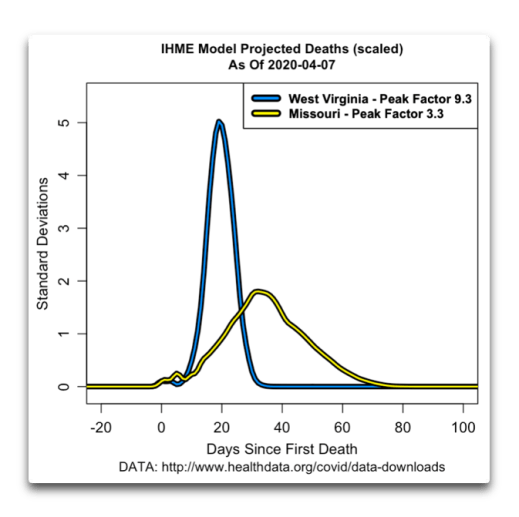
Now, that looks like interventions are working ... except for one detail. West Virginia imposed all three restrictions. Missouri only imposed two. And for those two, Missouri imposed them both later than did West Virginia.
So that pair certainly doesn't say much for the effectiveness of our interventions. Why are they so different? Unknown, but presumably because of things including the density and distribution of the population.
So that's what the effect of the interventions should look like. It should take a peaked curve and transform them, stretch them out over a longer time with a lower peak. And more interventions should flatten the peak even more.
Intrigued by all of this, I returned to the IHME model. One interesting discovery that I made was that for all of the states, the number of deaths before the peak is very close to the number of deaths after the peak. This was true for states with a high peak factor as well as a low peak factor, across the board. This should allow us a rough-and-ready rule of thumb to estimate the total deaths once the peak is passed.
Note that this rule of thumb is true no matter when the lockdowns are removed — all that will do is change the date of the deaths, not the total number calculated by the rule of thumb.
For example, Italy. Let me go look it up at Worldometer ... OK, the peak was on March 28th, at about 10,000 deaths. That would make me think that total deaths in Italy will be on the order of 20,000 deaths.
To check that prediction, I just now looked for the first time at the IHME model country page for Italy. Until this latest update, they didn't cover other countries, just the US. OK, the IHME model says 20,300 deaths projected for Italy. So my rule of thumb appears to work quite well. Let me test it with Spain. First, Worldometer. It says there had been 9,400 deaths by the time of the peak daily death in Spain. Rule of thumb says that the total should be on the order of 18,800 deaths. Turns out when I got there that the IHME model page for Spain says 19,200 deaths. So it seems that the rule of thumb works well, at least according to the model. Whether it works in the real world remains to be seen ...
Next I looked at the peak factor for all the states versus the number of interventions, to see if the interventions tended to lower the peaks and flatten the curve. Figure 3 shows that result.
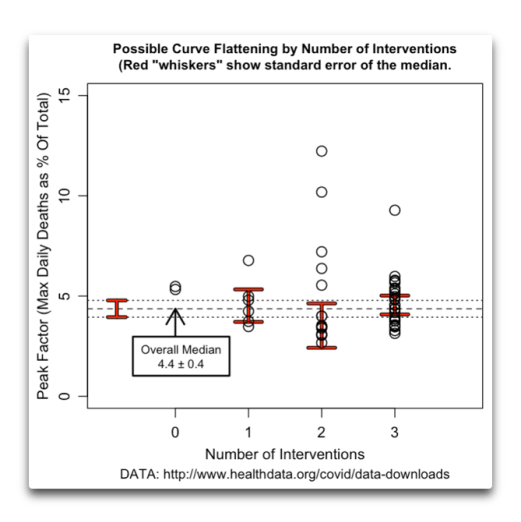
So I thought, well, let me look at the dates of each of the three types of interventions — stay at home, close schools, close businesses. Maybe there is relationship there. First, here are peak factors of the various states versus the timing of their "stay-at-home" order. Over time, the intervention should lead to lower peak factors, with early adopters getting greater benefit. Here's that result.
What that says is the opposite of what we'd expect — in this case, the later the intervention happened, the flatter the curve. Should be the other way around, earlier interventions should lead to more effect on the outcome.
Next I looked at the closing of non-essential services. Here's that result.
However, despite the statistical significance of the trend line, it's going the wrong way. The early adopters should be less peaked by now, not more peaked. Finally, here is the school closure data.
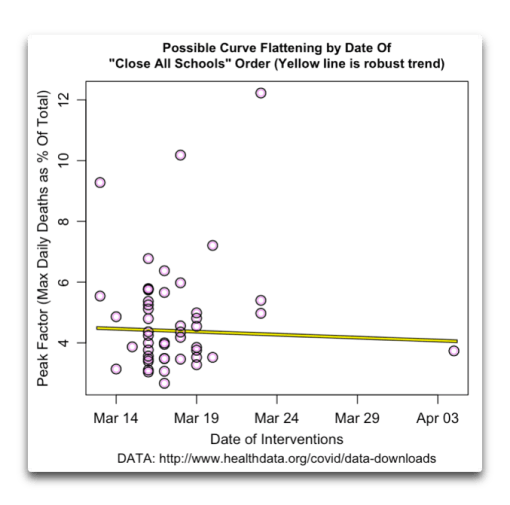

Despite the lack of significance, I suspect that of all of the actions taken in the Western world to slow the spread of this illness, closing the schools could be the only one to have an actual measurable effect. Don't get me wrong, any intervention has some effect however small. But I mean a real significant effect.
I say closing schools could have this effect because schools, particularly grade schools, could have been designed to be a very effective way to spread an infection. Consider. You not only have the kids packed in close together indoors for five days out of the week. Worse, it's the same kids every day, so they have multiple chances to infect each other. Worse yet, they all go back home at the end of the day to infect the rest of the family, or to bring in new fun illnesses for "show-and-tell-time" at school to start the process over.
And finally, as all kids do, they wrestle and kick and cough and grab each other and sneeze and spit on the ground and trade clothing and eat bits of each others' lunches ... it's a perfect petri dish.
So if you want to slow an infection, closing the schools at least makes logical sense.
On the other hand, stay-at-home orders where people still go out for groceries as well as to either work in "essential" jobs or purchase other essentials (and non-), that seems like a joke to me. The virus is sneaky. The Fed-Ex driver just dropped off a couple of packages here ... there are still loads of people out and about. It's all around. It can live on surfaces. It is transported by coughing, sneezing, or even talking. Yes, if you do a full-on surveillance state detecting, tracking, and contact tracing like South Korea has done, that will work. But you need to give your phone GPS data to the government to make that work. There's no way Americans, or most westerners in general, would do that.
The western style style of quarantine leaks virus like a "closed" Senate hearing leaks classified information, and then the virus is transported everywhere. There's really no attempt being made to track contacts. I suspect it would be futile at this point.
Overall? I see little evidence that the various measures adopted by the western nations have had much effect. And with the exception of closing schools, I would not expect them to do so given the laxness of the lockdown and the vague nature of "essential business". I've mentioned before, here in Sonoma Country California, the local cannabis retailer is considered an essential business ... strange but absolutely true.
Finally, I want to talk about that most mundane of things, the humble cost/benefit analysis. Draw a vertical line down a sheet of paper, label one side "Costs" and the other "Benefits". Write them down on the appropriate side, add them up. We've all done some variation of that, even if just mentally.
Unfortunately, it seems Dr. Fauci doesn't do cost/benefit analyses. It seems he only looks at or cares about the benefits. He called millions of people being thrown out of work "unfortunate" ... unfortunate? It is a huge cost that he doesn't want to think about. He's not going to lose his job. His friends won't lose their jobs. Meanwhile, at the same time that he's saying "unfortunate", the mental health hotlines and the suicide hotlines are ringing off the wall. People are going off the rails. Domestic violence calls are through the roof, and understandably. Forcibly take the jobs away from a wife and a husband, tell them that they are under house arrest, that's stress enough ... and meanwhile there's no money coming in, rent and electricity bills are piling up, can't put gas in the car, kids bouncing off the walls from being cooped up ... of course domestic violence and suicides and mental health problems are off the charts.
Which brings me to California where I live. If California were a country it would have the fifth-largest economy in the world. Fifth. Just California. The annual GDP (Gross Domestic Product, the total value of everything we produce) of California in round numbers is three trillion per year. We have no hard figures, but it would not surprise me if 2020 was only seventy percent of normal, not from the virus, but from the government pulling the wheels off of the economy. That's a loss of Nine. Hundred. Billion. Dollars. That's bigger than the GDP of most countries, up in smoke.
And that's not counting the cost of partially offseting the governmental destruction. First, the government pulled the wheels off of the economy. And now, they're pumping out taxpayers' dollars like water to try to ease the pain that they've just inflicted. That $1,200 check people are talking about? That a cost, not a benefit as the chatterati would have us believe. It comes out of our pockets. And there are all kinds of other associated expenses, lost wages, the list goes on and on.
So overall, here in California alone we've lost pushing a trillion dollars of value, with millions out of work, tens of thousands of businesses shuttered forever, discord and dismay abounding ... and for what? For what?
Well, it's for the following. Here is the IHME model projection for coronavirus deaths in the fifth largest economy in the world ...
That's it? That's all? Eighteen hundred dead? That's less than California murders. It's less than California gun deaths. It's a third of our drug overdose deaths, for heaven's sake, and guess what?
The trillion dollars we lost from the government shutting down the California economy?
It won't save one of those 1,783 people. Not one.
It will just delay their deaths by a week or two.
A trillion in losses are on the cost side of the cost/benefit analysis. And on the benefits side, all we have is a two-week delay in eighteen hundred unavoidable deaths? That's it? That's all that a trillion dollars buys you these days?
Ah, you say, but more people might die if the medical system is overwhelmed. Are there enough beds and ventilators?
Well, glad you asked. Here are the figures, again from the IHME model. Unfortunately, as with the number of deaths, all the previous incarnations of the model have overestimated the need for hospital resources ... but with that caveat, here are their California numbers.
No bed shortage. No ICU bed shortage. And we just shipped some ventilators to New York. We should peak in a week.
And while we're waiting for the peak, we've just spent about a trillion dollars to delay 1,783 deaths by a few weeks. Not to save anyone's life, I say again. Just to delay a couple thousand deaths by a couple weeks ... look, it still wouldn't be worth a trillion dollars even if we could actually save that many lives and not just delay their deaths. If it helps your conscience you could give the family of each person who could have been saved a million dollars, that's only 0.2% of your trillion dollars, and the economy could keep humming along.
But it's simply not worth totally wrecking the lives of 30 million Californians just to save eighteen hundred lives. That's madness, that's a terrible deal.
I have opposed this from the start. I don't do a one-sided "benefits" analysis like Dr. Fauci does. I do a COST/benefit analysis, and we've just looked at it. Here's the conclusion of that analysis:
Even if your hospital system is going to get overloaded, even if more people are going to die, put the trillion dollars into making the medical system the strongest and most resilient imaginable. Spend it on field hospitals and stocks of disposables, buy ventilators, buy hospitals, buy medical schools, buy beds and gowns, that's what will save lives. I don't care, shut down the grade schools if you have to although with a solid medical system you likely won't have to ... but whatever you do ...
DO NOT SHUT DOWN THE ECONOMY, STUPID!! The costs are far, far too great.
Just the human costs are beyond measure. Lives ripped apart, suicides, endless worry and concern, running out of money to feed the kids, there's no end to it, lying in bed at night wondering when they'll let you out of jail.
And that's all before we even get to the economic costs and the ripple-effect costs and the loss of productive capacity and the canceled contracts and the lawyers' fees and finally, the start-up capital required, and the businesses that will have gone elsewhere, and the need to rehire or replace people and overhaul idled machinery, etc. etc. once this monumental stupidity is over.
So this is a plea for all you women and men at the top, the ones deciding when to call off the madness, I implore you — get up out of your offices, look around you, go to a small town and talk to some unemployed businesswoman whose local enterprise is now belly-up, understand what the loss of that business means to that small town, and GET AMERICA WORKING AGAIN TODAY! Not tomorrow. Today. Every day is endless pain and worry for far too many.
Here's how crazy this lockdown is. You folks who decide on this for California? You are costing us trillions of dollars, and you are literally killing people through increased suicide and depression and domestic violence, and it's all in the name of delaying a couple of thousand deaths. Not preventing the deaths, you understand. Delaying the deaths.
Killing people to delay death, that sounds like a charmingly Aztec plan, it comes complete with real human sacrifices ...
Sheesh ... it's not rocket science. Further delay at this point won't help. End the American lockdown today, leave the schools closed, let's get back to business.
And yes, of course I'd include all the usual actions and recommendations in addition to leaving the schools closed — the at-risk population, who are those with underlying conditions, particularly the elderly, should avoid crowds. And of course continue to follow the usual precautions — wash your hands; wear a mask at normal functions and not, as in your past, just at bank robberies; only skype or facetime with pangolins, no hootchie cootchie IRL; refrain from touching your face; sanitize hard surfaces; y'all know the drill by now ... the reality is we'll all be exposed to to coronavirus sooner or later. And like the Spanish Flu and Hong Kong Flu and a host of diseases before and after them, after a couple of years the once-novel coronavirus will no longer be novel. It will simply become part of the background of diseases inhabiting our world like the Swine flu and the Bird Flu, all dressed disreputably and hanging out on every street corner in every town waiting for someone to mug ...
My regards to all, and my profound thanks to the medical troops who are on the front lines of this war. The wave is about to break in the US, dawn is approaching, it will be over in a month. And hopefully, long before then. these insane regulations will go into the trash, we can stop paying trillions to delay a few deaths a few weeks, and we can get America up and working again.
A REQUEST: If you know someone who makes the decisions on one of the lockdowns, or if you know somebody who knows one or more of the women and men making that decision, please send them a link to this document and ask them to read it and pass it up the chain so that we can all get back to work sooner rather than later.
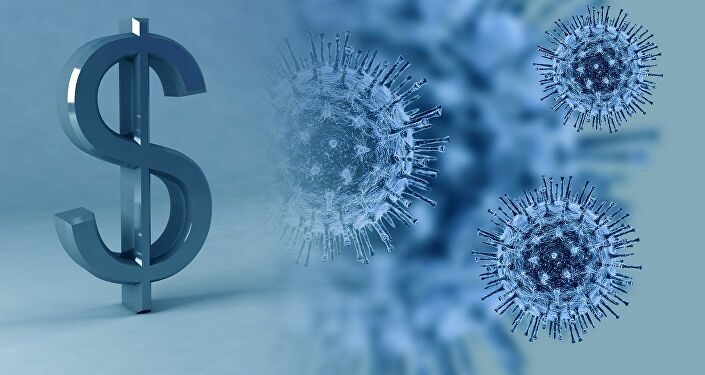
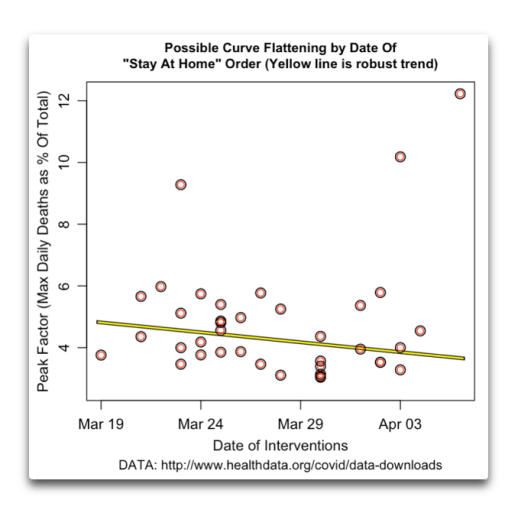

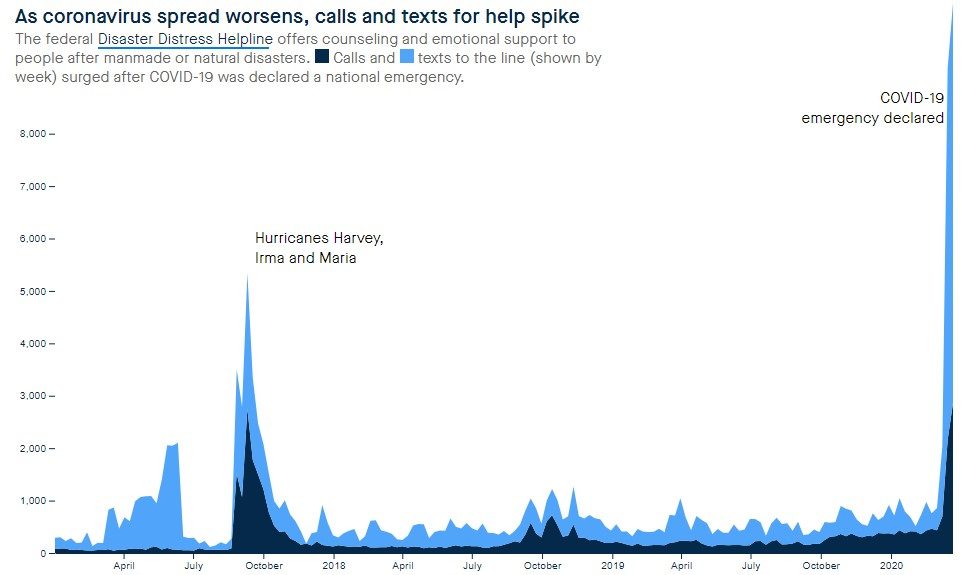
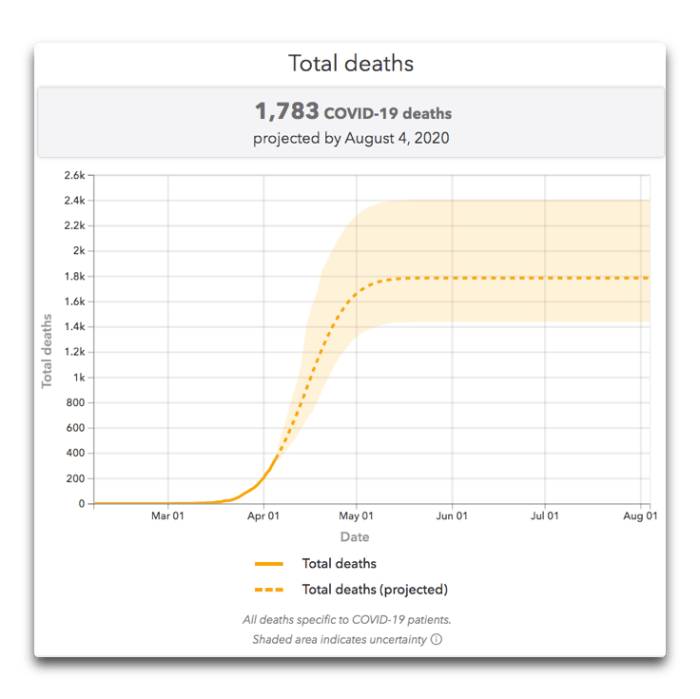



Comment: At this point, we're down to one of two conclusions on the Coroney Baloney. Either world leaders all simultaneously lost the plot and developed a sudden death wish in the form of mass uprisings, or they're under 'orders' from some secret cabal to prevent this virus spreading because it's good for people, not because it's fatal.
See also: